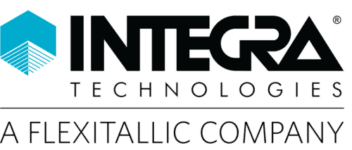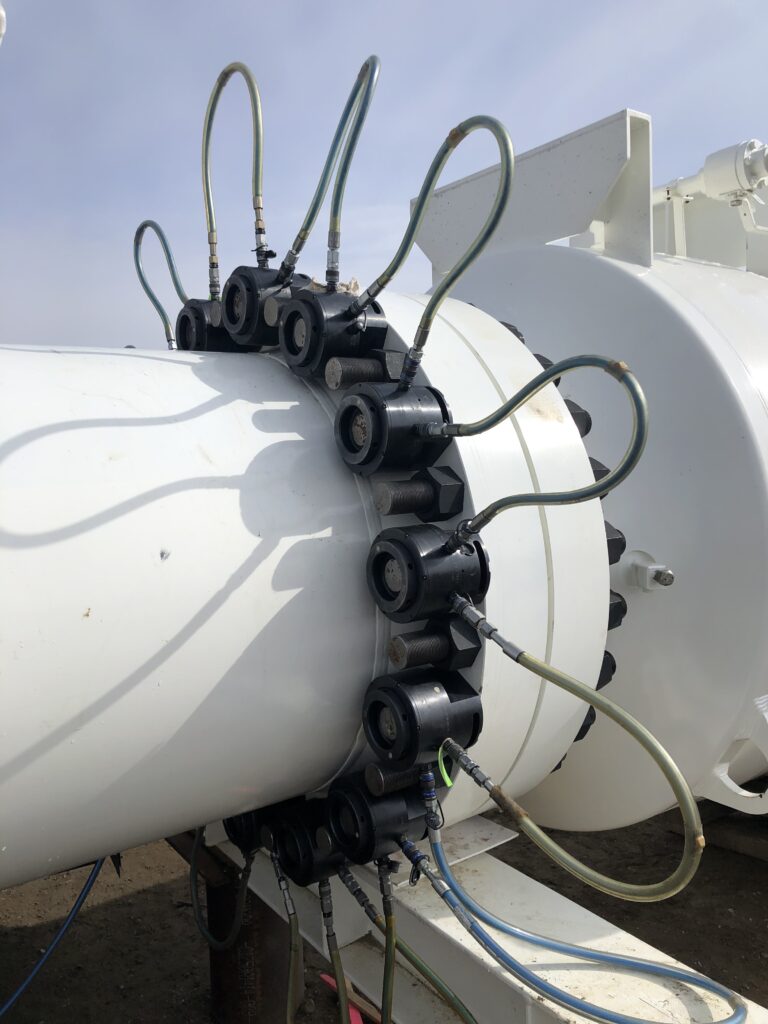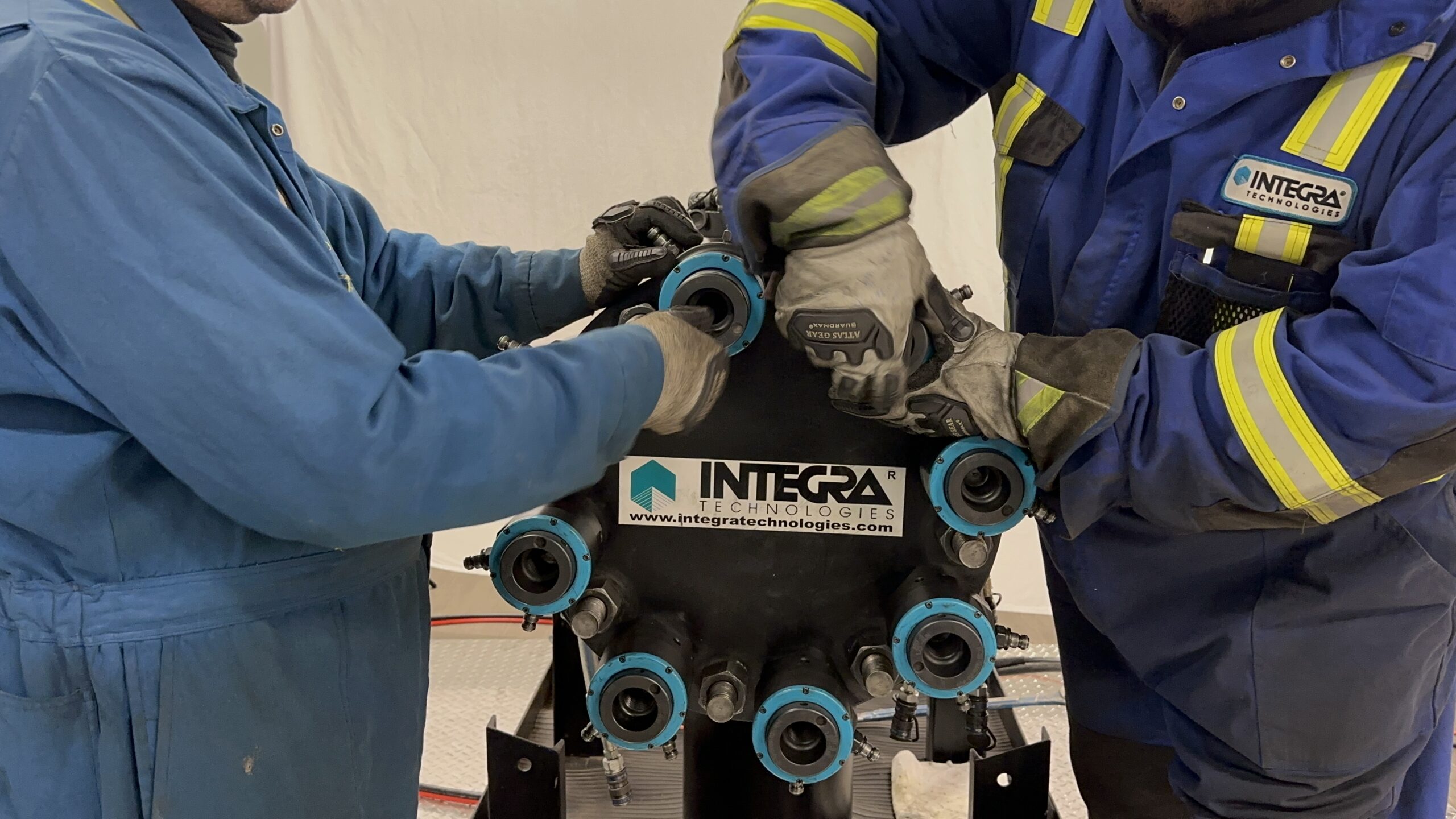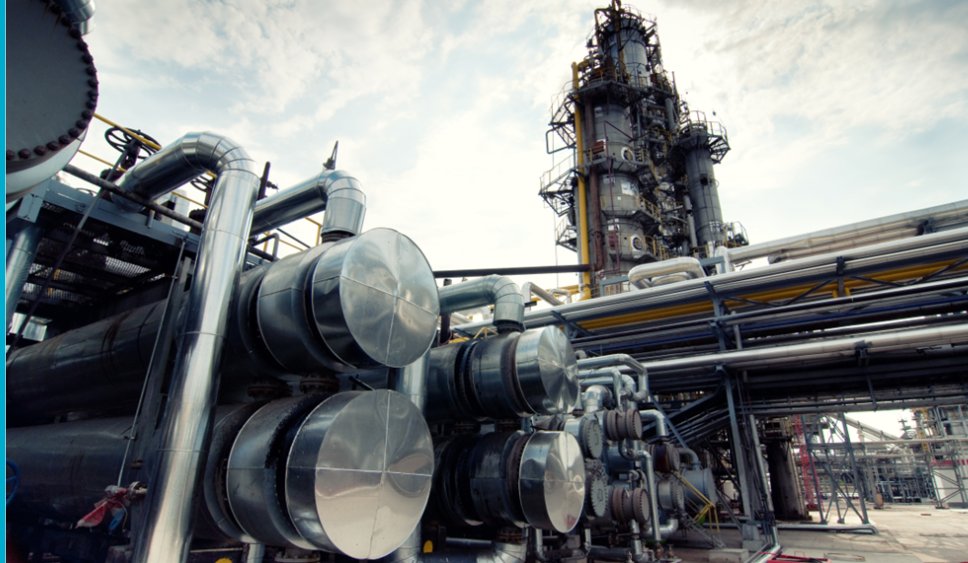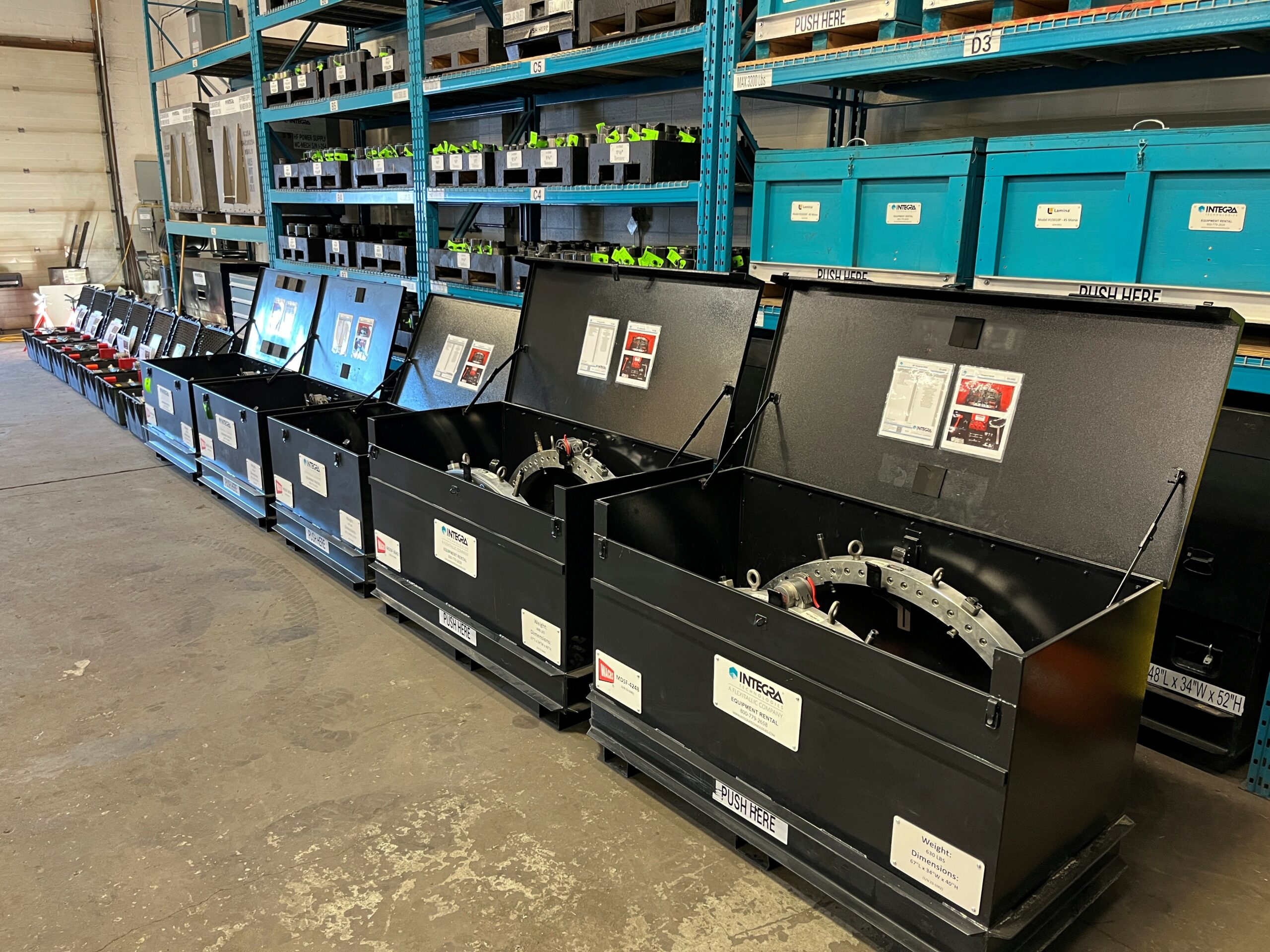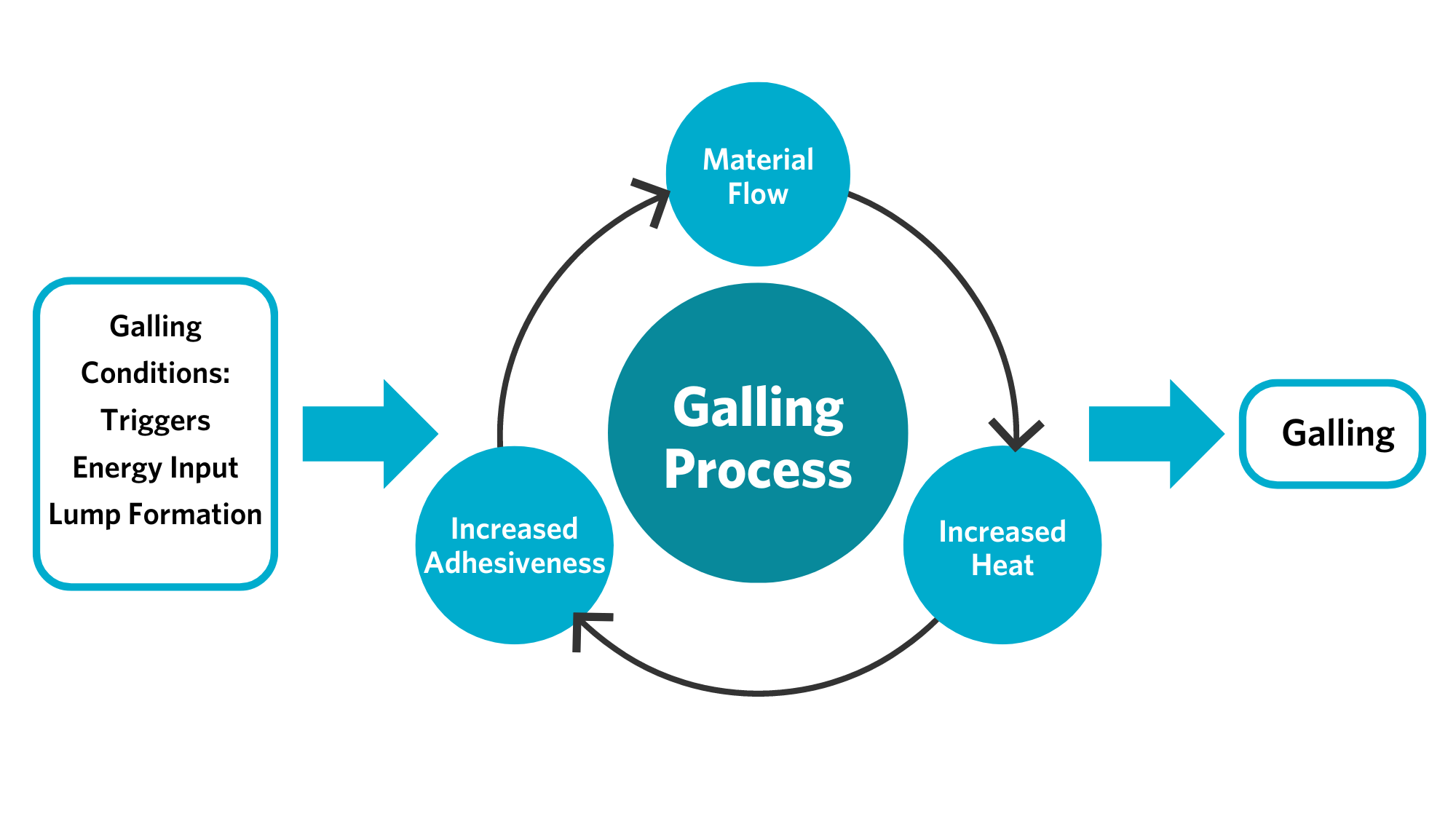There’s a lot of information out there about bolt tensioning, and not all of it is accurate. We’d like to share some of the most common misconceptions we hear out in the field to help you decide whether bolt tensioning might be the right fit for your bolting needs.
Spoiler alert: sometimes bolt tensioning isn’t your best option.
Myth #1: Tensioning is more expensive
By far, the most common myth we hear about bolt tensioning is that it’s just too expensive. This myth generally gets passed around for a few reasons. The simplest cause of this myth is that some folks believe that tensioning is always the best method for applying load to bolts and that anything that is the best is automatically more expensive. However, bolt tensioning isn’t always your best choice, and we’ll talk about why under myth #4.
The other two assumptions that contribute to this myth are a little more complex. First, bolt tensioning equipment is usually more costly to rent. Second, most sites don’t have workers on hand who are trained in bolt tensioning practices, requiring hiring outside labor to accomplish the job.
While both of these factors are often correct, they still don’t cause tensioning to be more expensive than torquing. We’ll get into why under myth #2.
Myth #2: Tensioning takes longer
The second misconception we hear about bolt tensioning is that it takes too long. This myth is likely passed around due to a lack of familiarity with the process. There is a concern that any new procedure will take longer than what is known. The truth is that tensioning is usually far faster than torquing, but to understand why, you really need to understand how each process works.
To put it succinctly, bolt torquing and bolt tensioning are two different ways to stretch and put load on a stud, and achieving accurate load is necessary to prevent leaks. Torquing generates load by turning a nut on a helical thread. This process must be conducted one nut at a time in a specific pattern to avoid uneven load distribution. As such, the process is time consuming and labor intensive.
In contrast, bolt tensioning, which is a hands-free bolting method, uses multiple tensioners at once to stretch studs simultaneously. Once the stud is elongated through tensioning, the nut is turned down using a tommy bar, locking in the desired bolt load. The tensioner then engages in a controlled release, achieving the desired bolt load without turning anything.
Because all tensioners are turned at once, the project is completed hours or even days faster than when using torquing. Less time on the job means equipment rental times and labor times are shorter. This results in an overall cost that is often significantly lower than that achieved through torquing – even when rental and labor costs per hour are higher, the cost is still lower.
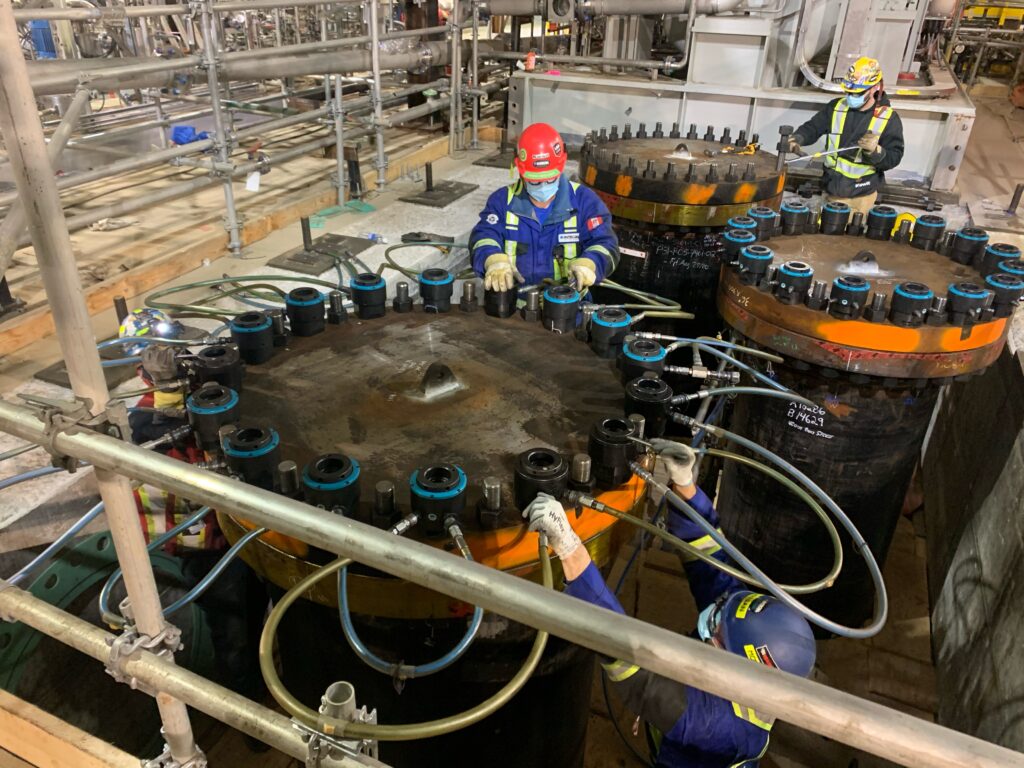
Myth #3: Tensioning doesn’t work
The third myth we want to address is less common but still problematic: the myth that bolt tensioning doesn’t really work. This myth probably arises from folks who have had unskilled or untrained technicians attempt tensioning methods, resulting in substandard results.
The truth is, when applied correctly by skilled technicians, bolt tensioning is significantly more accurate than bolt torquing. This is largely because of the differences in methodology between the two processes. The load generated by torquing a bolt cannot be directly measured, often resulting in a decrease in accuracy of load. This decrease in accuracy increases the risk of leaks, presenting the biggest pitfall of torquing, but there are more.
Torquing cannot prevent galling, which can bring breakouts to a halt, causing project creep and unpredictable labor costs. Furthermore, torquing increases the risk of hand injuries by creating pinch points, reducing worker safety.
In contrast, bolt tensioning allows the technician to measure the load applied directly to the stud, ensuring significant gains in bolt load accuracy. Tensioning also prevents galling, reducing turnaround times and eliminating hot work. Finally, the hands-free methodology of bolt tensioning also increases worker safety.
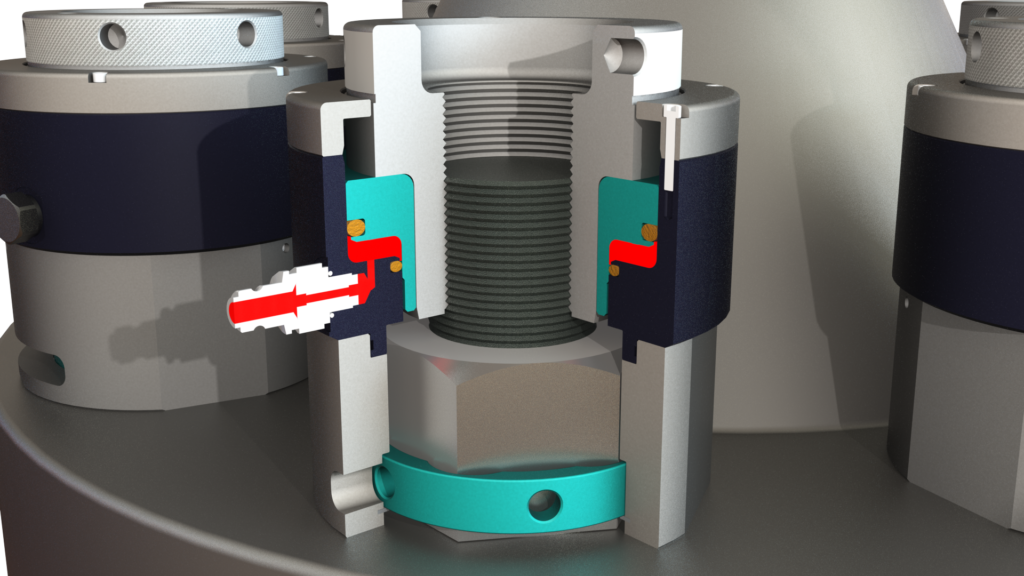
Myth #4: Tensioning is always better
This brings us to myth #4: tensioning is always better. This is also incorrect. There are some scenarios where bolt tensioning is not the best practice for achieving bolt load.
For example, tensioning won’t work in situations where the tensioners won’t fit on the flange, such as when working with short grip length or short stud length on top of the nut where studs cannot be changed due to blind holes. Thin flanges which might bend under heavy loads are often better served through torquing. In this case, tensioning might result in a load too heavy for the flange.
Furthermore, bolt torquing is often the preferred method for non-critical flanges as it can be accomplished without renting additional equipment or hiring outside labor. Experts in Total Joint Integrity who have experience with both bolt torquing and bolt tensioning can help you determine which approach is best for your bolting needs.
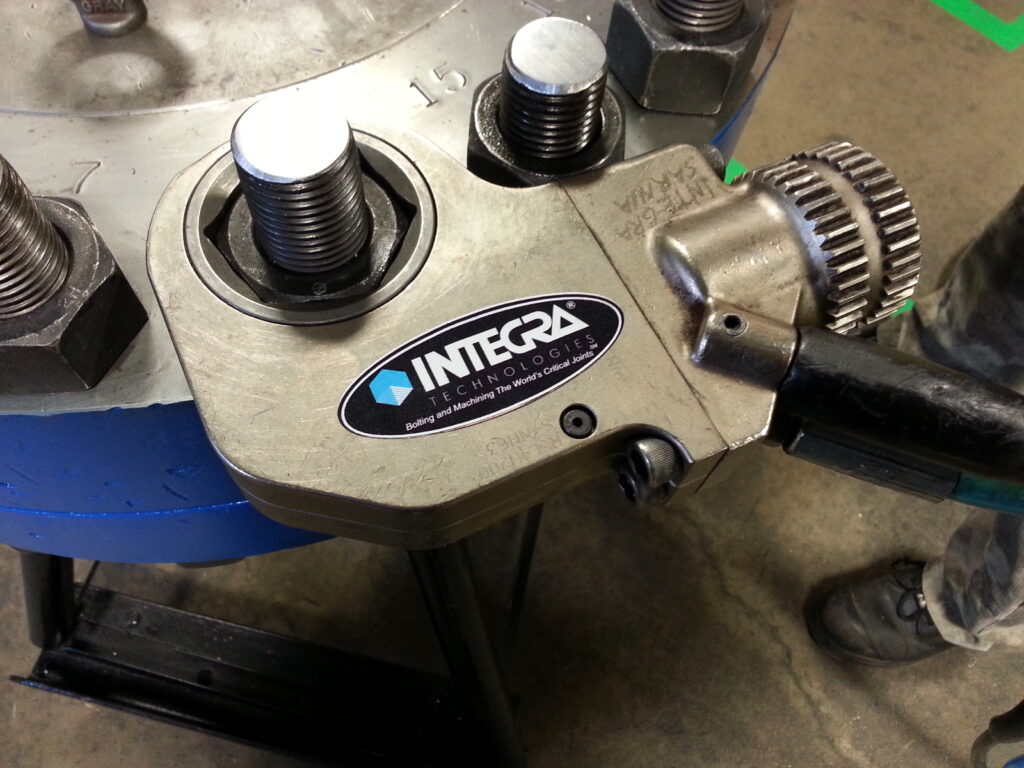
INTEGRA can help
INTEGRA can help you with each phase of bolted joint assessment, assembly, and maintenance in a variety of ways.
Expertise
Our technicians are highly trained and skilled in assessing your unique bolted joint assembly needs. This allows us to help you determine which approach is best for applying load on all your critical and non-critical flanges. We can help you ensure that you are making the safest, most accurate, and most cost-effective choices for achieving your bolted joint needs.
Software
Our FlangeTrak software tracks individual flange and project completion in real time. This allows you to link everything from construction to maintenance, enabling you to plan projects efficiently. Furthermore, FlangeTrak can contribute to the decision-making process by increasing the continuity of data across personnel changes.
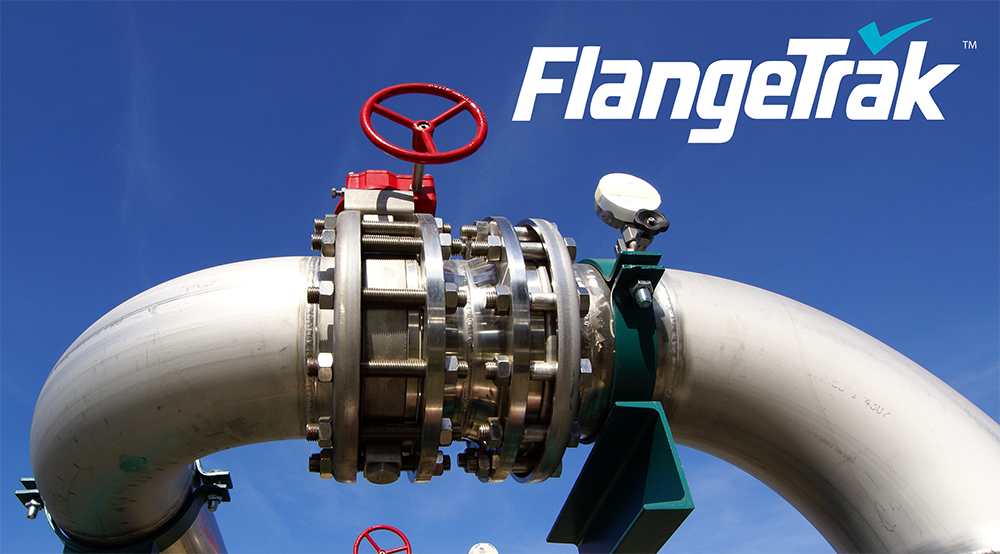
Detailed data regarding the history of your critical flanges can assist in determining whether to apply bolt torquing or bolt tensioning methods, as well as ensuring accurate scheduling and tool rental for whichever method you choose. Knowing the exact tools needed can further decrease your costs by eliminating the common practice of renting tools that end up unused.
Equipment
Whether you choose bolt torquing, bolt tensioning, or a combination of each to apply load to flanges during construction or maintenance, INTEGRA has the equipment you need to accomplish the job. If you have skilled technicians on-site already, we have the equipment you need to get the job done, available both for rent and purchase.
Technicians
If you choose to go with a method your workers aren’t trained in, our technicians can assist. Skilled in both training and application of bolted joint integrity methods, our experts can help increase your on-site proficiency in bolt torquing and bolt tensioning. We can also complete the job for you when that’s the best fit for your bolting needs.
In short, whatever your bolting needs, INTEGRA can help you achieve certainty of outcome on all your critical flanges. Find out how.
